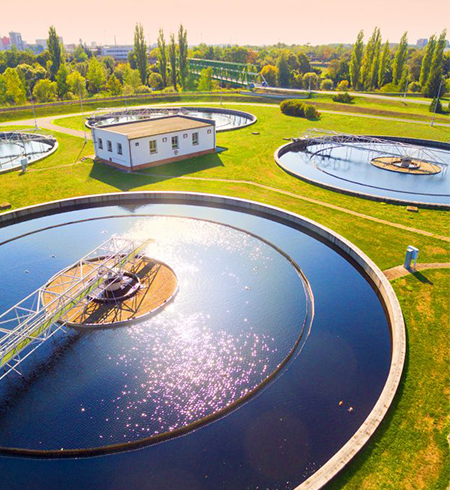Airzon a leading and reputable manufacturer of lobe blowers in India provides a
variety of twin lobe blowers with flow rates from 20 m3/hr to 10K m3/hr in a single
stage. We have a variety of positive displacement equipment which keeps the volume constant while
operating at a continuous speed.
The simple design, higher efficiency, easy to handle and constant performance of
our Twin lobe roots blower is a great machine that can be used in a variety of applications. The
primary characteristic of this machine is to generate a continuous flow of gas at different
pressure.

